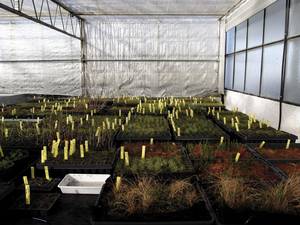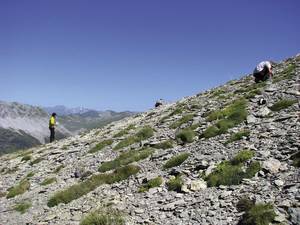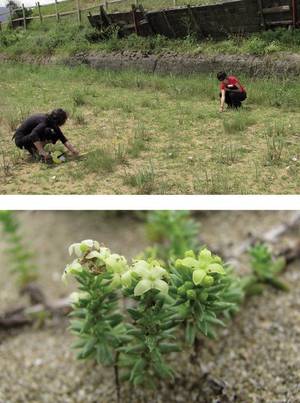Seedlings of seeds
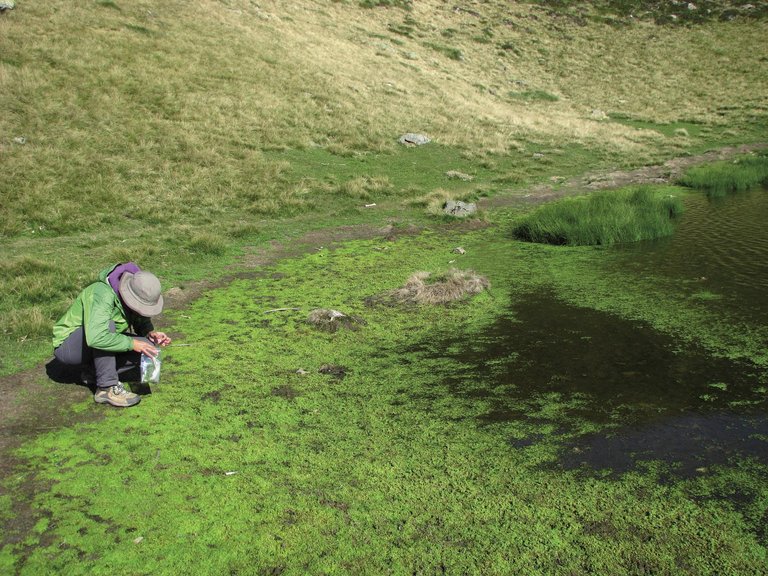
In January 1942, A. G. G. Scientist Shchukin appears dead on his desk. Days later, G, head of the herbal laboratory, passed the same thing. C. C. Kreierri. Later other companions appear dead: Ivanov, Rodine, Shcheglov, Kovalevsky, Leontjevsky… about 30 people in total.
These names had a common characteristic: they were experts in plants and crops that worked at the Vavilov Institute of Leningrad. It was in the middle of World War II and the Germans were hitting hard to conquer Leningrad. The city was totally destroyed and hunger and cold caused the death of hundreds of thousands of people.
Those who were at the Vavilov Institute, however, were surrounded by food. They had rice, peas, corn and wheat, but they died of hunger. They worked in a seed warehouse, which was above his life.
Months earlier, out of fear of the German attack, they tried to take part in the collection of the institute. Some boxes full of seeds were kept in a train car and, hidden in the luggage of many technicians and workers who left the city, managed to remove another quantity of seeds. In this way they managed to keep alive the first large collection of seeds, although they paid expensive.
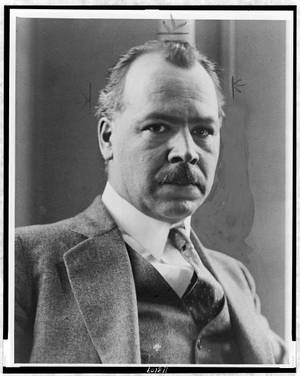
Search for basasenides
This institute was launched by scientist Nikolai Ivanovich Vavilov (1887-1943). Vavilov was in jail for the attack of the Germans for a denunciation of the regime of terror led by Stalin, but he kept a huge collection of seeds collected by the institution that bore his name and his collaborators.
Vavilov travelled for twenty years through Europe, Asia, Africa and America collecting seeds. It sought the cultivated species to define the zones of creation of each species. I wanted to find the basasenides of all the plants used in agriculture.
His first trip had as destination the north of the Persia and the Pamir mountain range. There I wanted to find a type of wheat especially resistant to the attacks of fungi. But it also acquired endemic forms of plants such as barley, rye, peas, and lentils.
This scheme was repeated in numerous expeditions around the world. Between 1916 and 1940, Vavilov and his collaborators carried out 180 expeditions to collect seeds. Seeds were preserved and planted from the vast collection acquired, in research stations distributed by the different geographical and climatic areas of the Soviet Union, to obtain the best possible varieties.
Thanks to these trips he developed the theory of creative spaces. According to this, the species breeding the human being were formed in eight large nuclei of origin, in which the basasenides of each species had to be searched: Mexico and Central America, South America, the Mediterranean, the Middle East, Ethiopia, Central Asia, India and China.
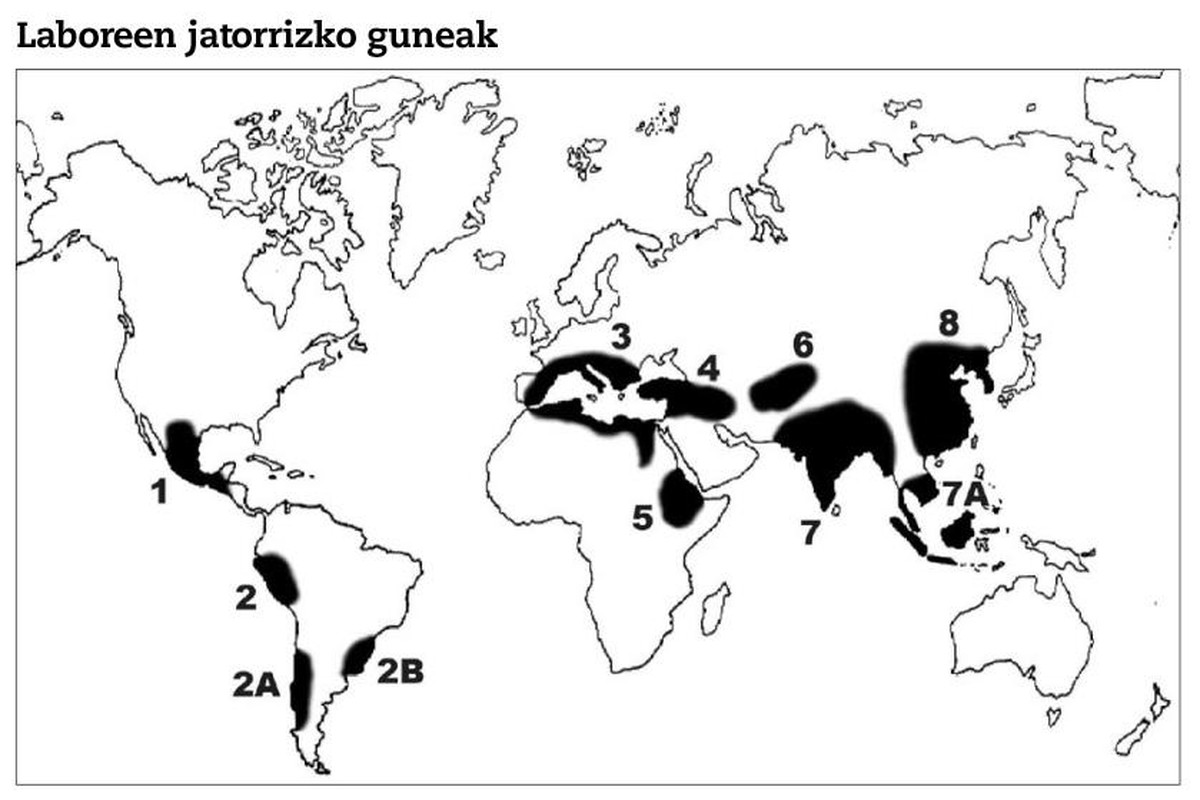
“A high percentage of the currently used crop plants originated at these points,” explains Joseba Garmendia, a botanist at the Aranzadi Society. “Vavilov wanted to acquire these varieties, preferably grouped in original points. That is why he used these places to see in what conditions these plants grew, to be able to perform crosses according to their characteristics”, explains Garmendia.
He also met in Euskal Herria in August 1927. Igor Loskutov, researcher at the Vavilov Institute, explained that for Vavilov Euskal Herria was the kingdom of dicoccum type wheat, and that, according to him, special olos could be found nowhere. In general, the entire Iberian peninsula was, according to Vavilov, one of the most interesting places in Europe.
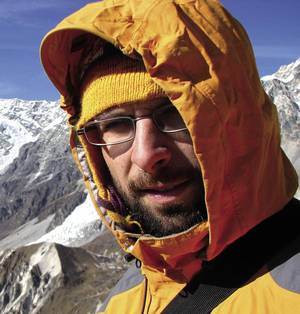
Homogeneous foods
In spite of the immense collection, Vavilov and those who have worked the path undertaken by him have a certain frustration: the inability to access all varieties.
According to the International Association for the Conservation of Nature (IUCN), around 310,000 plants are listed worldwide. Of these, about 30,000 are edible, according to FAO. In human feeding, however, 30 plants are normally used. Moreover, 60% of the world's population's food is based on the five cereals: rice, wheat, corn, millet and sorghum.
Our food, therefore, is based on very specific varieties. This brings advantages, but also risks. In fact, if there is a large dependency of a few varieties, the failure of one of them can cause hunger.
Suppose a disease causes serious damage to a culture cultivated by man. Despite the fact that the crop is so standardized, this disease would cause enormous economic losses, but above all it would seriously affect the feeding of millions of people.
FAO warns that in the developed world consumers demand cheap food of predictable and uniform quality. This necessarily implies a loss of genetic diversity. Therefore, maintaining the treasure of biodiversity is not only a maintenance activity of scientific knowledge, but a practical need. “The varieties we grow have some characteristics but also many deficiencies,” explains Garmendia. “These old varieties retain some of the characteristics that have lost the current varieties,” he says.
From this need arise deposits of plant genetic material. “These warehouses have the key to their own life,” says Andreas Ebert, a researcher at the World Plant Center (AVRDC). “The supply of food is based on crops capable of combating pests and diseases while producing good crops, even more so when climate change is causing heat, drought and floods to become extreme,” he said.
“These improved crops incorporate important nutrients in the human diet, in turn promoting farmers, their families and economies based on agriculture.” All this is based on the seeds and there are many that must be collected and maintained, according to Ebert.
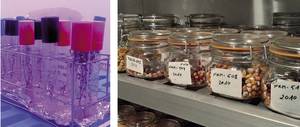
In the world there are about 1,300 warehouses of this type. Some keep wild species. The Millennium Seeds Bank, belonging to the United Kingdom, is the most international. Led by Kewe's Royal Botanic Garden, it houses 13% of the world's vassals, some 34,000 species. With this institution collaborates the Basque Bank of Plant Germplasm, directed by the Society of Aranzadi Sciences. Located in Zizurkil, in the Fraisoro Laboratory, in addition to working as a seed shelter, it is responsible for its research to promote the conservation of threatened plant species. The Olarizu Botanical Garden, in Vitoria-Gasteiz, also works on this task.
The key to the future
As for the species of cultivation, the World Plant Centre is one of the most important. Located in Taiwan, it houses more than 60,000 varieties of 439 species.
In this field, the plant genetic material warehouse managed by Neiker-Tecnalia is the main reference in the Basque Country. José Ignacio Ruiz de Galarreta is responsible for this warehouse. “We try to conserve varieties that are not stored in other warehouses. They are mainly varieties of the Basque Country, many of them not cultivated for a long time but can be useful in the future,” he explained.
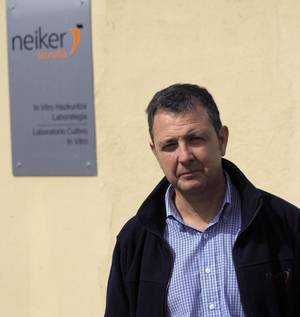
The most cultivated species is the potato, which houses in its warehouse more than 300 varieties. “We are a reference warehouse in the Spanish state in this crop,” says Ruiz de Galarreta. But their protagonists are beans (128), corn (107), tomato (94) and peppers (42). Recently, the collection of cereals has also been undertaken.
Ruiz de Galarreta proudly shows the small plants that are preserved in small tubes. It is a microreproduction in vitro. “Instead of in the garden we do it in the tubes, since the plant is free of virus attacks,” he explained. Only with potatoes. The rest of seeds are stored in glass cans surrounded by a silica gel to protect themselves from moisture. Every three or four years they analyze the seeds and, if they see that their viability has dropped from 70%, they replant them to get more seeds. They have also used cryopreservation, but it is much more expensive, since seeds should be kept in nitrogen at -180 °C.
Maintaining these specimens in suitable conditions requires a lot of work and in case of error many varieties could be lost forever. To avoid this, the World Seed Chamber was built. Located on the Norwegian islands of Svalbard, it takes advantage of its cold and solitude to ensure the conservation of its seeds. The camera plays the function of backup of the seeds warehouses of cultivation around the world. Thus, in the event of a loss of some variety in the original warehouse, or of the disappearance of a whole collection by war or other kind of catastrophes, humanity can recover that biological treasure.
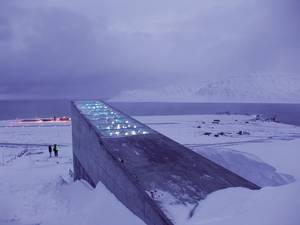
The word “treasure” may seem abusive, but most experts agree that all varieties or entrances are necessary. Luigi Guarino, a scientist at the Global Crop Diversity Trust, which manages the Svalbard camera, made it clear: “All seeds are useful. Each entry in a warehouse can be unique!” “Warehouses allow preserving the diversity of crops, which is essential to introduce genetic improvements that allow food security,” he said.
Andreas Ebert, of the World Plant Center, has the same vision and dares to set an example. “Our tomato collection, composed of 8,258 varieties, has many wild family members of the tomato. One of them, the Solanum galapagense, has shown great resistance to the white fly.” Ebert claims that this insect is the main pest of tomato and causes large losses to farmers around the world. Well, crossing this wild species with tomato plants, they expect to get a type of tomato resistant to the white fly.
“Bourgeois Science”
Those dedicated to the research and conservation of the genetic material of the plants highlight the importance of Vavilov's work, but they are not the first. While living in art, those who worked on improving agriculture also realized the contributions of the Russian scientist. Among them were the enemies of war, German experts. Hence the German army launched a small command, led by Colonel and botanist Heinz Brücher, to obtain the seeds that the Soviets collected (he had also drawn up a report on the possibilities offered by the Russian territories for Reich agriculture). When the Red Army retreated at the beginning of the war, some of the research stations built by Vavilov were in the hands of the Germans. Their stolen seeds were sent to the organization Kaiser Wilhelm Institutes (KWI), equivalent to the Vavilov Institute of Germany.
After the war, Brücher took refuge in Argentina and had a quiet life, investigating plants and teaching until in 1991, due to an unsolved crime, he appeared dead in his land called Ugarteche.
Vavilov did not have the opportunity to enjoy such a long life. According to Joseba Garmendia, “Vavilov was a supporter of Mendel’s genetic theories, which caused him problems.” In fact, in the then Soviet Union, the regime adhered to the thesis defended by the Ukrainian agronomist Trofim Lysenko. Lysenko considers that genetics was a science invented by capitalism to give a biological justification to the differences between classes. For him, evolution was based on the “inheritance of the received characters”, a thought derived from lamarckism. Vavilov did not adhere to this idea and in the early 1930s his investigations lost the support of the government. Lysenko launched a powerful campaign against Vavilov, achieving his expulsion from the Academy of Sciences. “As a result of this struggle, Vavilov was detained in August 1940 and his closest collaborators were also dismissed and imprisoned,” added Ebert.
On 26 June 1943, Nikolai Vavilov was murdered in Saratov prison, officially affected by the Distrophy, but probably killed by the hunger. He was not able to publicly recover his reputation until some twenty years ago, but since then he has been considered a hero of Russian science. He dreams of ending hunger in the world, but XX. One of the most cruel regimes of the twentieth century prevented him from approaching this dream. But the road undertaken by Vavilov has a great future. For the common good.
Buletina
Bidali zure helbide elektronikoa eta jaso asteroko buletina zure sarrera-ontzian




